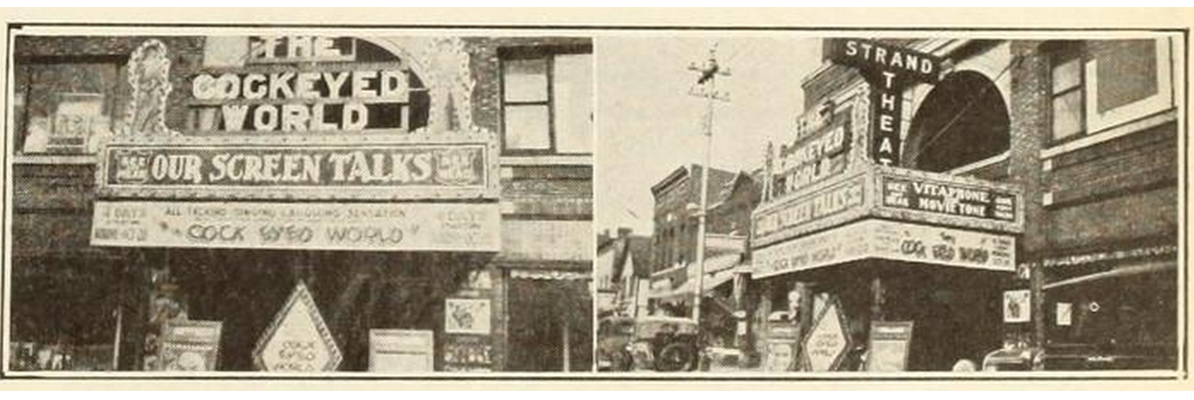Excelling through the Chaos: A Guide for Leaders (Part 2)
In my first article of this three-part series, I introduced you to a practice called Thought Streams, which are designed to help you lead, especially in uncertain times. The first Thought Stream was focused on one of the most important things a business leader facing chaos can do: make decisions from discernment rather than fear.
But like most effective business systems, one potent strategy alone won’t assure your success, especially in the turbulent and ever-changing business landscape we are seeing with the occurrence of COVID-19. While it’s important to have a thoughtful way to make immediate decisions, as we explored in Part One of this series, it’s also important to see the bigger picture.
Which brings us to the second Thought Stream: finding stability over the short term.
By “short term,” I generally mean 90 days or less, although, during times of accelerated change, this could be as short as two to four weeks.
Thought Stream #2: Are you managing your short-term decisions, with an opportunity to re-assess and adjust over time?
Before we go deeper, let’s explore the consequences of failing to ask this question. In a situation that is unprecedented and constantly changing, the best solution in the short term can turn out to be problematic in the long term if it no longer aligns with the desired outcome. A fluid situation requires fluid solutions that can be adjusted when needed and as many times as necessary. But in order to adjust, listening and adaptation must be incorporated into your leadership process.
So, how do you do it?
Introducing: Stand-Up Meetings
During a time where in-person meetings are not an option, Stand-Up Meetings are frequent, or even daily, virtual meetings between leadership and the team. Stand-Up Meetings can change the game for you, particularly during these times.
Before I describe how to make your Stand-Up Meetings most effective, let me first tell you just a few of the problems they solve.
-
- Leaders feeling that they have to know everything in order to create a clear path forward
- Team members feeling lost or confused because of changing orders or lack of instruction
- Anxiety, lack of productivity, sharp drops in company morale
- Precious time, energy, and resources being invested in the wrong things
- Missed opportunities or avoidable mistakes that further increase challenges
In times of heightened chaos, I recommend scheduling consistent 15- to 30-minute meetings between leadership and the team (an “all hands” call). For larger organizations, you have two calls: one between the leadership team and managers, and one between managers and their teams/departments. Stay on time and focus on answering the following questions:
- Is there any new information about which your team should be aware? This is your opportunity to inspire, from the top down, a well-informed team and a more confident team.
- Is there any specific team or customer needs that leadership should know about? This is an opportunity to inspire more confident and well-informed leadership from the ground up.
- Are there any previous decisions that need to be re-assessed? This is an opportunity to make sure your current decisions are still aligned with your ideal outcomes.
- Are there any potential issues or risks that are emerging? As you hone the potency of these meetings, you will be able to use any potential “buffer time” before meetings conclude to share valuable lessons and prepare for and prevent potential risks.
A Lesson of Adaptation and Hope from the Great Depression

When the Great Depression began in 1929, the film industry was still in its infancy and increasing in popularity. But as national unemployment quickly skyrocketed, Americans had to make choices on where and how to spend their limited funds. As a “luxury”, movie houses were pummeled, and many closed their doors. Faced with an early extinction, the film industry innovated: They cut movie prices by more than 50%, allowed people to see two movies for the price of one, and quickly produced cheaper B movies. Theater owners created promotion nights with product giveaways and community events to increase attendance. The result? Box office revenue slowly increased, enabling the industry to not only survive the Depression but to become a pillar in our culture. (For more examples, see Ethan Trex’s 5 Great Depression Success Stories.)
Nearly 100 years later, at a time where reactionary thinking will be the norm in most businesses, you can set your organization apart by how you invest in Thought Stream #2. When this current crisis is over, not only will you have weathered the storm, but you may emerge stronger than ever before.

























